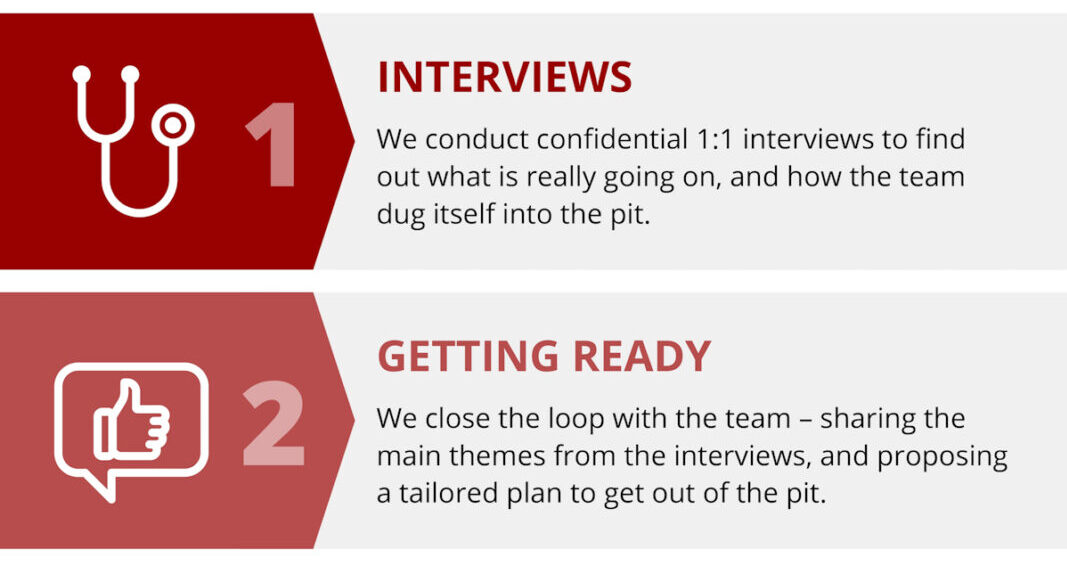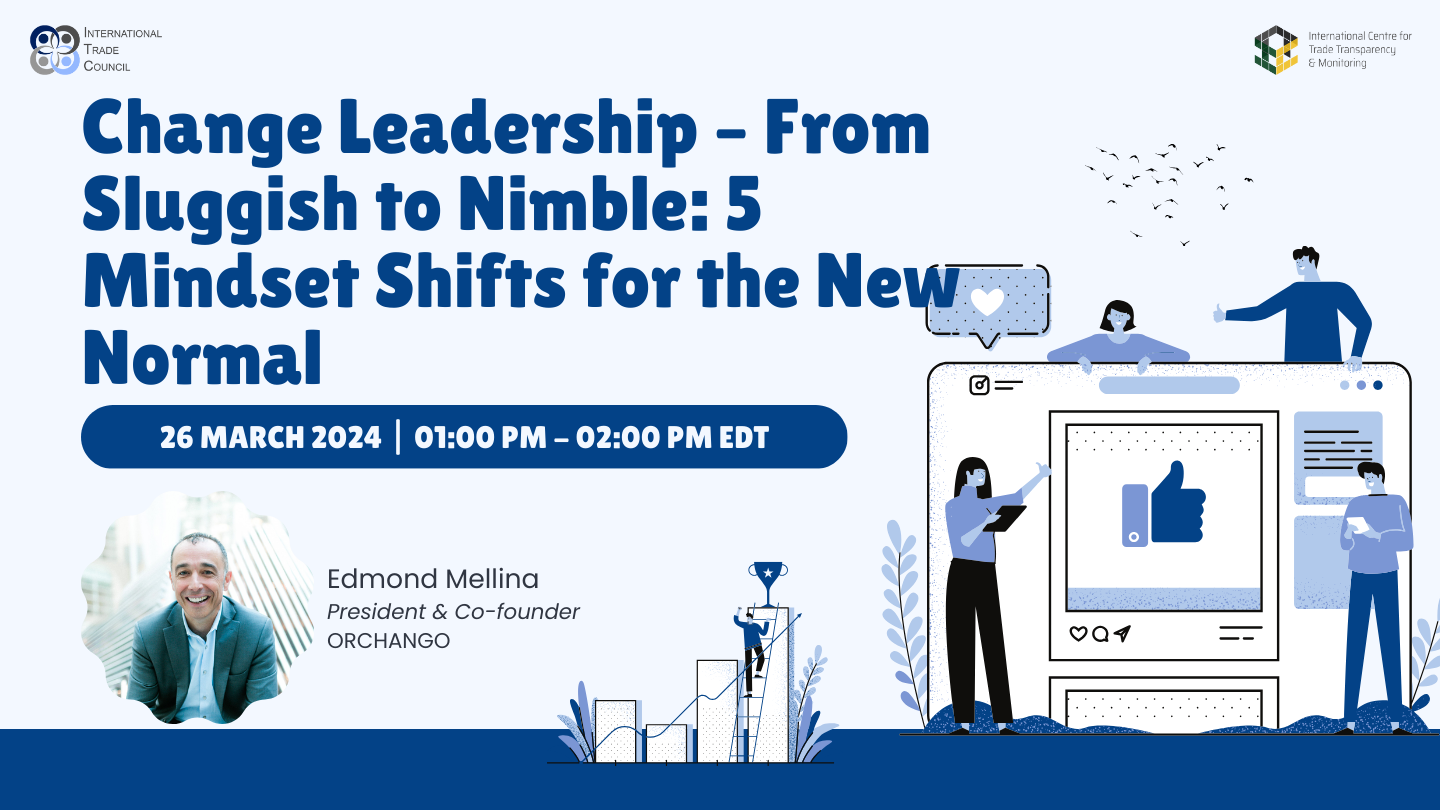How do you transform the dynamics of a team (leadership or otherwise) from dysfunctional to…
A customer-focused culture for market leadership and innovation

Stories about companies losing their market dominance often concentrate on the technology-disruption angle (e.g. how Apple’s iPhone destroyed Nokia’s mobile business). The same is true when new players shake entire sectors (e.g. how Uber’s app is causing havoc to the taxi industry). However, the story of Airbus Helicopters in North America reminds us that market leadership – and innovation – is first and foremost about customer focus.
Article first written for the People + Strategy blog of HRPS (USA). The Strategic Capability Network (Canada) also published the article on its blog.
Airbus Helicopters goes up, down and up again
Romain Trapp, President Canada & Chief Operating Officer North America of Airbus Helicopters, recently spoke at an event of the Elite French Graduate Schools Alumni Association (“AAGEF” in French). His presentation was aptly titled “From Outsider to Leader: How Airbus Helicopters Has Conquered the North American Market”.
In 1980 the French helicopter manufacturer had a mere 10% of the North American civil and para-public market. By 2005, it was the industry leader with 45% market share.
Trapp highlighted the following as success factors: superior products and constant commitment to R&D investments; high levels of customization to best meet the specific needs of customers; and a strong local presence with people who deeply understand their markets.
Going from 10% to 45% is no small feat, particularly in a foreign market an ocean away from your home base – even more so considering that all the players on the helicopter market remained the same during the period. That means Airbus Helicopters had to capture market shares the hard way. The folks inside the organization must have felt a well-deserved sense of achievement.
But around 2011-2014 things moved in the wrong direction: the company lost 10% of its share, down to 35% (they managed to go back up eventually). What happened? How did they react to it?
Market leader syndrome
In his speech, Trapp zeroed in on what he saw as the main reason for the decline: complacency.
When companies reach the top, it is very easy for complacency to set in. The problem is that it does so in a very sneaky way. As in the classic anecdote of the frog slowly boiled alive that never jumps out of the pot, the organization might not realize what is happening until the damage is irreversible.
Tom Mendoza, the straight-talking Vice Chairman of data management and storage company NetApp, captured the dynamics quite well in a Forbes commentary: “People rarely think their team or organization has it. It’s easy to see complacency in others. It’s hard to recognize it in yourself. That’s why it’s such a deadly threat. By the time you recognize it in your company, it’s often too late.” (you might want to check this video of Mendoza on the topic: “Complacency kills… and it starts with you”).
Refocusing the culture on the customers
Fortunately, Airbus Helicopters didn’t fall too deeply into the complacency hole. The company realized it was losing the customer focus that had fuelled its ascension to the top. As you might expect, the problem was more prevalent in some areas of the organization than others.
One issue was that “the KPIs [Key Performance Indicators] were not the most important to the customers”, Trapp explained. This can turn into a deadly vicious circle: a company becomes complacent; the focus shifts inward; the KPIs reflect that; people’s attention drift further away from the customers; and so on.
Therefore, as part of its efforts to refocus the organizational culture on the customers, Airbus changed its KPIs.
The “Customer Delivery Day” (see photo at the top)
Trapp also talked about the importance of the “Customer Delivery Day” – when the organization delivers brand new helicopters to a client. To reinforce the customer-focused culture, representatives from all functions are participating in the event along with the client.
The ceremony is a great way to help everyone understand they play a critical part in the overall success.
It reminds me of my earlier career as an IT executive in the hospitality industry. The opening of a new hotel was always a big thing. I still remember the IT people involved talking about that very special day. It helped them feel part of the family and better grasp how their IT expertise was contributing to guest satisfaction (in the hotel business, “customers” are called “guests”; it is easier to focus on your customers when you think about them as your guests).
Going beyond the headlines: the culture is the story
Refocusing its corporate culture on the customers paid off for Airbus Helicopters: they got back to 45% market share last year. For 2016, they are on track to be at least at this level.
Trapp’s speech got me to think about other stories of industry leaders faltering; and of whole industries in turmoil. Often these changes are triggered by a disruptive technology. Not surprisingly, the headlines in the media – and the conversations around watercoolers – tend to focus on the technology.
However, market shares are all about the customers. If we go beyond the technology angle, we usually end up with stories about customer-focused cultures – or lack thereof.
Nokia and Uber are good examples.
New consumer expectations killed Nokia’s mobile business
When Apple introduced the iPhone in 2007, Nokia was the dominant leader in the smartphone market with almost 50% market share.
Of course, the iPhone represented a technological change: full touchscreen and app-based operating system. However, the main disruption was to alter the very definition of what a smartphone should be. As a result, the iPhone fundamentally shifted consumer expectations. Nokia was too slow to respond to the new consumer demands. By mid-2013, when the Finnish multinational sold its mobile devices division to Microsoft, it owned a mere 3% of the smartphone market.
Interestingly, Nokia lost its market dominance despite an amazing track record in innovation. However, it was hardware innovation. With the iPhone, Apple showed that the battle for market share in the smartphone business was all about the app – not the hardware.
Why did Nokia and Apple take such different routes to innovation?
I think it goes back to customer focus. Nokia was never particularly known for it. However, Apple cared obsessively about the needs and desires of customers since its very incorporation in 1977. In its best-selling eponymous biography of Steve Jobs, Walter Isaacson gives credit for that to marketer Mike Markulla – who was the third equity partner (Jobs and Wozniak being the other two of course):
“Markulla wrote his principles in a one-pager paper titled ‘The Apple Marketing Philosophy’ that stressed three points. The first was empathy, an intimate connection with the feelings of the customer: ‘We will truly understand their needs better than any other company’. The second was focus: ‘In order to do a good job of those things that we decide to do, we must eliminate all of the unimportant opportunities.’ The third and equally important principle, awkwardly named, was impute. It emphasized that people form an opinion about a company or product based on the signals that it conveys. ‘People DO judge a book by its cover’, he wrote. ‘We may have the best product, the highest quality, the most useful software etc.; if we present them in a slipshod manner, they will be perceived as slipshod; if we present them in a creative, professional manner, we will impute the desired qualities’.”
As you can see, the three principles were squarely focused on the customers. The document had a profound impact on Jobs, who built Apple’s culture accordingly. As a result, instead of hardware innovation à la Nokia, they developed the iPhone. The rest is history…
Uber vs. Taxi industry: it’s about the experience, not the app
I started paying attention to the “Uber revolution” a few years ago when a friend came back to Toronto after a one-year gig in Manhattan. We invited him and his family over for dinner to catch up. As we were having the aperitif, our friend pulled his smartphone (an iPhone by the way) and said rather excitedly: “Let me show you this amazing app I was using all the time in New York!”
He took a minute or so to demonstrate how the app worked. But mostly he talked passionately about the experience: easy booking; quick pickups; consistent and predictable rides; seamless payment; courteous drivers; well-maintained cars; etc. He contrasted the Uber service with that of the iconic yellow cabs, which can be quite frustrating and unpredictable.
Our friend is not unique. All the Uber fans I know talk about the experience – not the app. The taxi industry could provide Uber-like experience if its focus was on the customers. Instead, it is busy lobbying City officials around the world to preserve the status quo.
Morale: build and nurture a strong customer-focused culture
Market shares, innovation, disruption, change, uncertainties… We are all preoccupied with these issues.
But in the end, as the above stories have illustrated, it is about the customers. Therefore, building and nurturing a strong customer-focused culture should be among our top priorities.
Copyright © 2016 by ORCHANGO. All rights reserved. | Photo credit: ©Airbus Helicopters




This Post Has 0 Comments